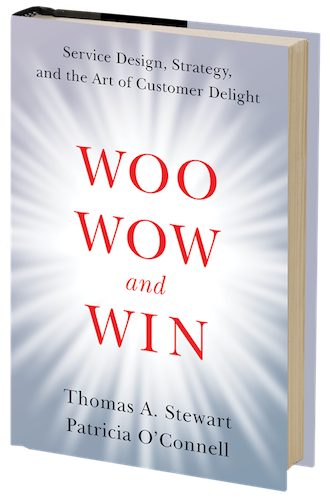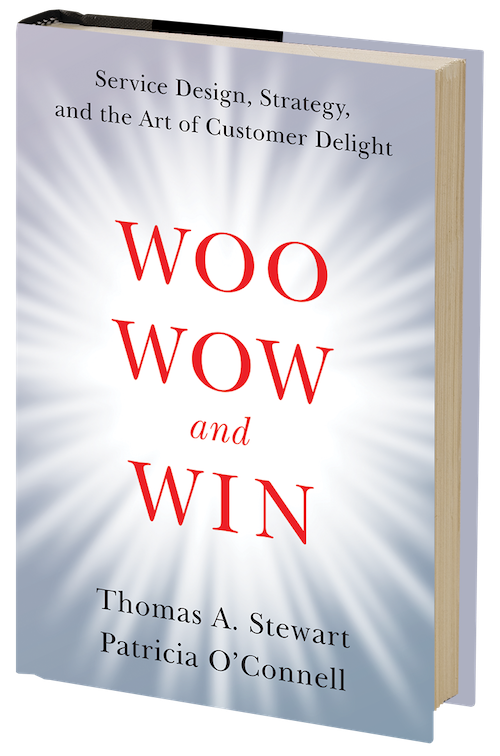This article was originally published by Inc. on July 7, 2017
Find the right customer for you — one that fits into your vision, strategy, and capabilities.
“The customer is always right” is the best-known adage about customer experience and customer service. Its origins lie in shop-keeping etiquette stemming from the rise of department stores, which of course were about selling products. The advice is offers is fine as far as it goes — shops don’t win when clerks pick fights with the clientele. But it isn’t about strategy and is of little help when selling services, which account for 80 percent of the economy. The key difference between products and services is that goods are fixed while services are experiential. Put another way: products are about hand-offs; services are about handshakes. People know exactly what they are buying with a product. They can proverbially — or literally — kick the tires; they know the specs; they can see and touch the thing itself.
Unless a product doesn’t perform as specified, makers have little to worry about once the purchase has taken place. By contrast, because services are experiential and happen in the moment, service providers have to contend with customers during the actual delivery of the service. That’s why you have to think through the different offerings you will make to different customers and design the appropriate service experiences , which means experiences that meet their expectations while advancing your strategic goals. You must then be disciplined about segmentation when actually delivering the services you sell.
Segmentation should start with what’s good for you (and what you’re good at), with the definition of the right customer coming out of that. This requires you to:
- Differentiate between a valued customer and a valuable customer
- Disabuse yourself of the myths about customer retention
- Create pathways by which customers can become increasingly profitable over time
- Learn from your “wrong” customers.
The right customer is one you are prepared to serve — in every sense. It is the one you are targeting — not the customer who is targeting you. It means distinguishing capability from strategy. Capability is what you can do; strategy is about what makes sense for you to do.
Here are the critical questions you need to ask:
Who are your most valuable clients — and most profitable? Do you know? What metrics are you using?
How many clients (if you are B2B) and segments (for B2C) can you manage — how big, of what kind? How do you avoid being stretched too thin? If a too-big opportunity presents itself, can you find partners and allies, or do you have to let it go?
Do you have a way to migrate customers up? You want to move from them the single engagement to a customer-for-life, strategic partnership. Disciplined segmentation is essential to creating these pathways.
How do you say no to potential new business and why? The difference one client can make to your bottom line poses a special temptation if you’re a smaller company. A start-up says yes to every new customer–but as you grow, you need to learn to resist business that will pull into areas where you don’t have the right to win.
Recognizing that you can’t be all things to all clients and customers should be liberating, not limiting. Find your right customers, do right by them, and write off the others.
© Thomas A. Stewart and Patricia O’Connell



 Thomas A. Stewart and Patricia O’Connell are co-authors of the bestselling book Woo, Wow, and Win: Service Design, Strategy, and the Art of Customer Delight. Drawing on their combined experience as management experts, thought leaders, and journalists, Tom and Patricia offer groundbreaking insights into how companies create memorable, differentiating customer experiences that boost reputation, customer satisfaction, and the bottom line.
Thomas A. Stewart and Patricia O’Connell are co-authors of the bestselling book Woo, Wow, and Win: Service Design, Strategy, and the Art of Customer Delight. Drawing on their combined experience as management experts, thought leaders, and journalists, Tom and Patricia offer groundbreaking insights into how companies create memorable, differentiating customer experiences that boost reputation, customer satisfaction, and the bottom line.